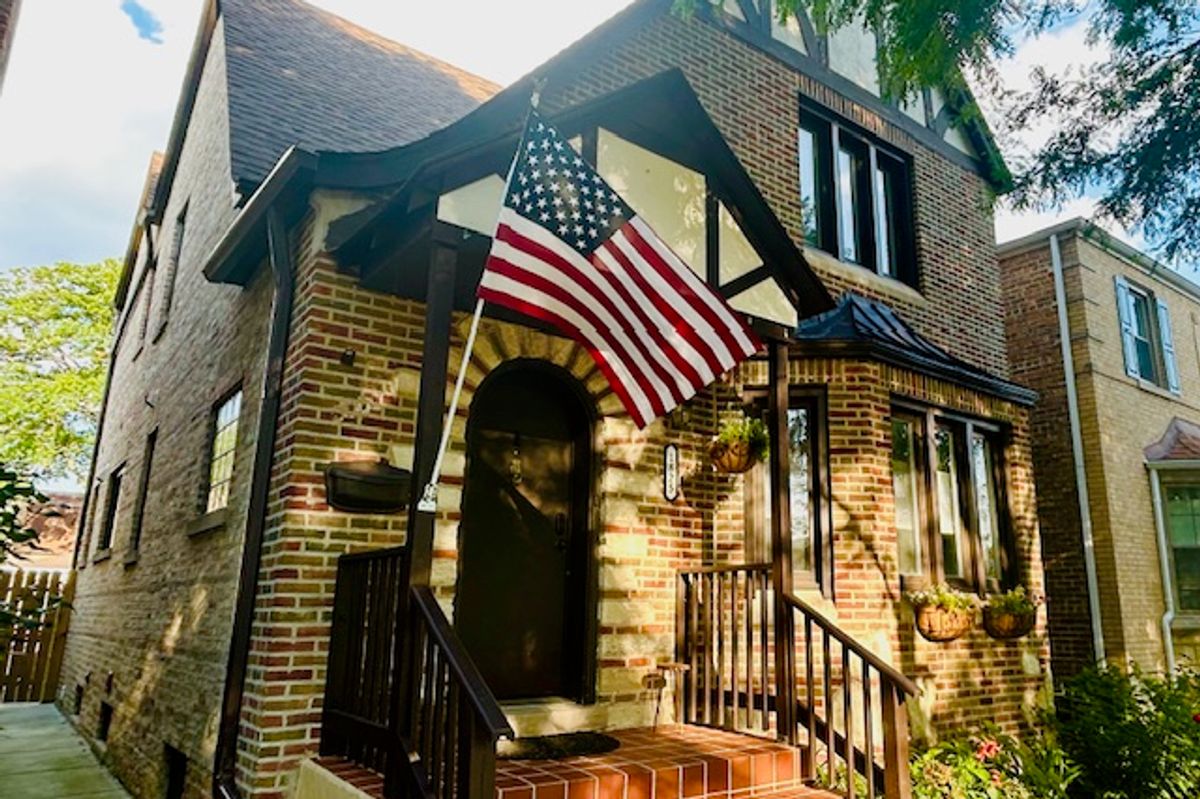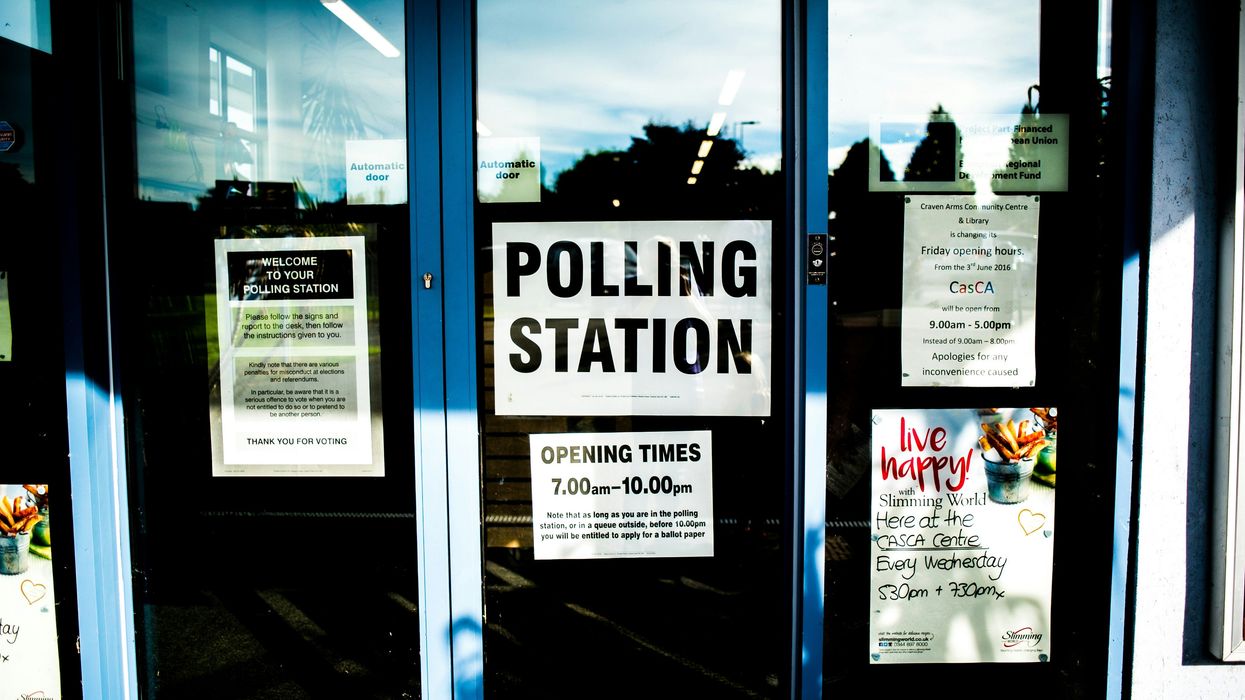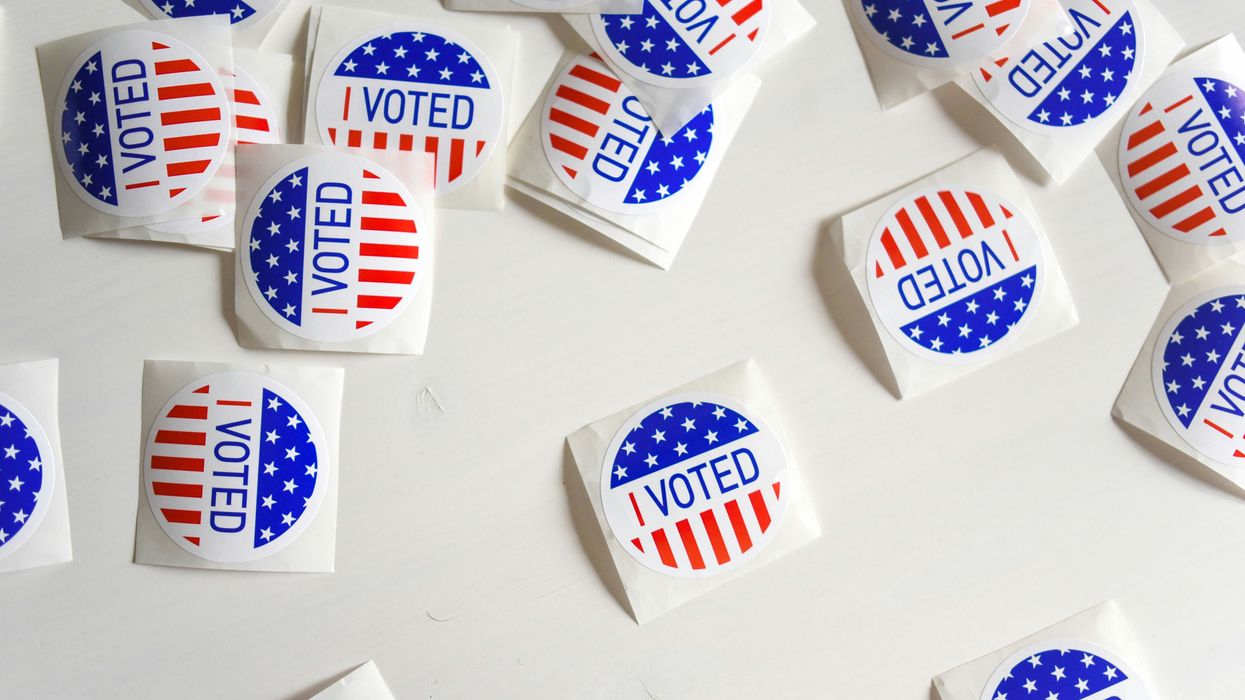Gorrell is an advocate for the deaf, a former Republican Party election statistician, and a longtime congressional aide.
“State constitutional bans on gerrymandering in Florida, Ohio, North Carolina, and other states could die, as could independent redistricting commissions in Arizona, California, Michigan and other states,” according to the Brennan Center for Justice.
That post was last updated June 30, the same date the Brennan Center responded after the Supreme Court agreed to hear Moore v. Harper, an unthinkable case out of North Carolina about the power of state courts to review the congressional district maps drawn by legislatures.
In that case, Republican legislators requested the Supreme Court to overturn a North Carolina Supreme Court decision to throw out their gerrymandered congressional map and force one drawn by the court.
The appellants' argument is based on the independent state legislature doctrine. This legal theory claims state courts do not have oversight power over gerrymandering and election policy set by legislatures. The doctrine is based on two clauses in the Constitution. The elections clause cited in the redistricting case provides that "the times, places and manner of holding elections for senators and representatives shall be prescribed in each state by the legislature thereof." A separate provision is the presidential electors clause, which has nothing to do with redistricting.
If the court accepts the ISLD, it will leave no alternative for citizens to challenge gerrymandered congressional maps. As a result of the 2019 decision in Rucho v. Common Cause, federal courts can no longer handle claims of illegal partisan gerrymandering, but state courts could use state constitutions to police it because they raise political, not judicial questions. Chief Justice John Roberts wrote: "Provisions in state statutes and state constitutions can provide standards and guidance for state courts to apply" in policing partisan gerrymandering.
During the most recent redistricting cycle, state courts have reined in Republican gerrymanders in North Carolina, Ohio and Pennsylvania and rejected maps drawn by Democratic-led legislatures in Maryland and New York.
"So, in short, if the Supreme Court were to rule for the gerrymanderers in North Carolina, that may mean that state legislatures are free – when it comes to congressional elections – to gerrymander to their heart's delight, and there will be no court available to stop them," Bennan’s Ethan Herenstein said.
Sounds like hyperbole? Consider:
Since the 93rd Congress (1973–75), none of the redistricting bills have received any action other than referral to the appropriate committee or subcommittee.
For example, Democratic Rep. Zoe Lofgren introduced a bill in each of the eight consecutive Congresses, beginning in 2005, to stop gerrymandering by enabling each state to establish an independent redistricting commission. It died in committee each time it was introduced because it lacked adequate support among Democratic leadership to advance. Eight sessions!
Another history lesson. In 1972, President Richard Nixon won the election in a landslide, taking 61 percent of the popular vote and carrying 49 states. Again in 1984, Ronald Reagan dominated the presidential election, winning almost 59 percent of the popular vote and 49 states. However, their Republican Party failed to take control of the House of Representatives since the majority of congressional districts were drawn by Democratic legislatures, which dominated state capitals at the time. (Note that going into the 2022 November election, Republicans control 30 statehouses.)
"That's all we're asking for: an end to the anti-democratic and un-American practice of gerrymandering congressional districts. ... The fact is gerrymandering has become a national scandal," Reagan said.
Former President Barack Obama agreed with Reagan on this point. In his final State of the Union address, he told Congress, "We have to end the practice of drawing our congressional districts so that politicians can pick their voters, and not the other way around. Let a bipartisan group do it."
But he only engaged on the issue after absorbing a lesson in the 2010 midterms. He did not act when it mattered most — in his first two years when fellow Democrats controlled the House and Senate. At the time, it seemed their party would do well enough in the 2010 midterms to dominate redistricting for the decade now coming to an end.
Obama and his Democratic Party would have been correct since it has been a long-held tradition in American politics that every 10 years, the party in control of state houses would use gerrymandering to redraw districts in their favor for the next election.
Nevertheless, Republicans weaponized gerrymandering. With a $30 million strategy, the REDistricting Majority Project (cleverly known as REDMAP) sparked a Republican wave that flipped control of legislative chambers in swing states. That enabled them to lock in power and redraw congressional maps in the 2010 cycle.
“The Supreme Court’s next move could fundamentally change our democracy,” read a recent editorial headline in The Washington Post. Interestingly, the editorial board might forget that Democrats enjoyed a filibuster-proof 60-vote majority in the Senate from July 7, 2009, to Feb. 4, 2010.
What did the Obama administration do during the 213 days of the filibuster-proof period?
Sadly, federal legislators brought up no election reform bills, such as ending gerrymandering, abolishing the Electoral College or and strengthening voting rights.
However, Lofgren’s redistricting bill, H.R.5596, was introduced on June 24, 2010, (four months after the end of the 60-vote majority). She had only 12 co-sponsors (all Democrats in California). Hailing from California, Speaker Nancy Pelosi did not co-sponsor it because she seemed to believe her party would do well enough in the 2010 midterms to dominate redistricting for the decade now coming to an end.
On that date, the Democratic Party had 57 senators and two independents caucusing with them. On the House side, it had 255 of 433 representatives with two vacant seats (59 percent of the chamber.) The Supreme Court had four liberal justices and four conservatives, with Chief Justice John Roberts as the “swing justice.”
Suppose the 2010 Roberts court heard a case related to the ISLD. The chief justice might have sided with state legislators, and the Democratic Party would then be in the redistricting driver’s seat for decades.
Although the Supreme Court declined to intervene, Justices Samuel Alito, Neil Gorsuch, Brett Kavanaugh, and Clarence Thomas have endorsed versions of the ISLD in previous court opinions. Newcomer Amy Coney Barrett’s views on the ISLD are not known, while Roberts tends to be a centrist.
Interestingly, Lofgreen has not yet reintroduced her redistricting reform bill in the current Congress. The public might not know that her last bill, the Redistricting Reform Act of 2019, is nearly identical to the redistricting provisions included the House version of the For the People Act. The one exception is the effective date change, replacing 2020 with 2030. Nevertheless, two Democratic filibuster devotees, Joe Manchin and Kyrsten Sinema, do not favor filibuster reform to change the Senate rules to allow the passage of the For The People Act. Its successor, the doomed Freedom to Vote: John R. Lewis Act would not require nonpartisan redistricting commissions.
Recently, seven Republicans voted to pass House legislation to enshrine a right to contraception in federal law, and 47 Republicans voted for a federal law codifying same-sex marriage, indicating there may be room for some bipartisan legislating.
To make up for their 2009-10 embarrassing mistakes, Democrats should now ask Lofgren to reintroduce her redistricting reform bill, so it can become federal law soon.



















